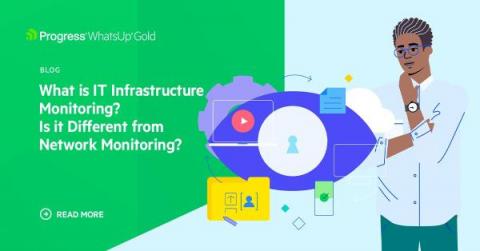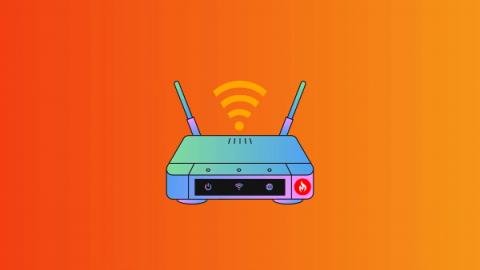How to choose the best network monitor for your business
Network monitoring is a vital IT operation that helps organizations keep the business functioning without technical disruptions. To help shoulder the burden of network management for IT operations team and ensure the organization is free from network downtime, organizations turn to network monitoring tools. This is why selecting the best network monitoring tool for your organization is a crucial decision to make.











